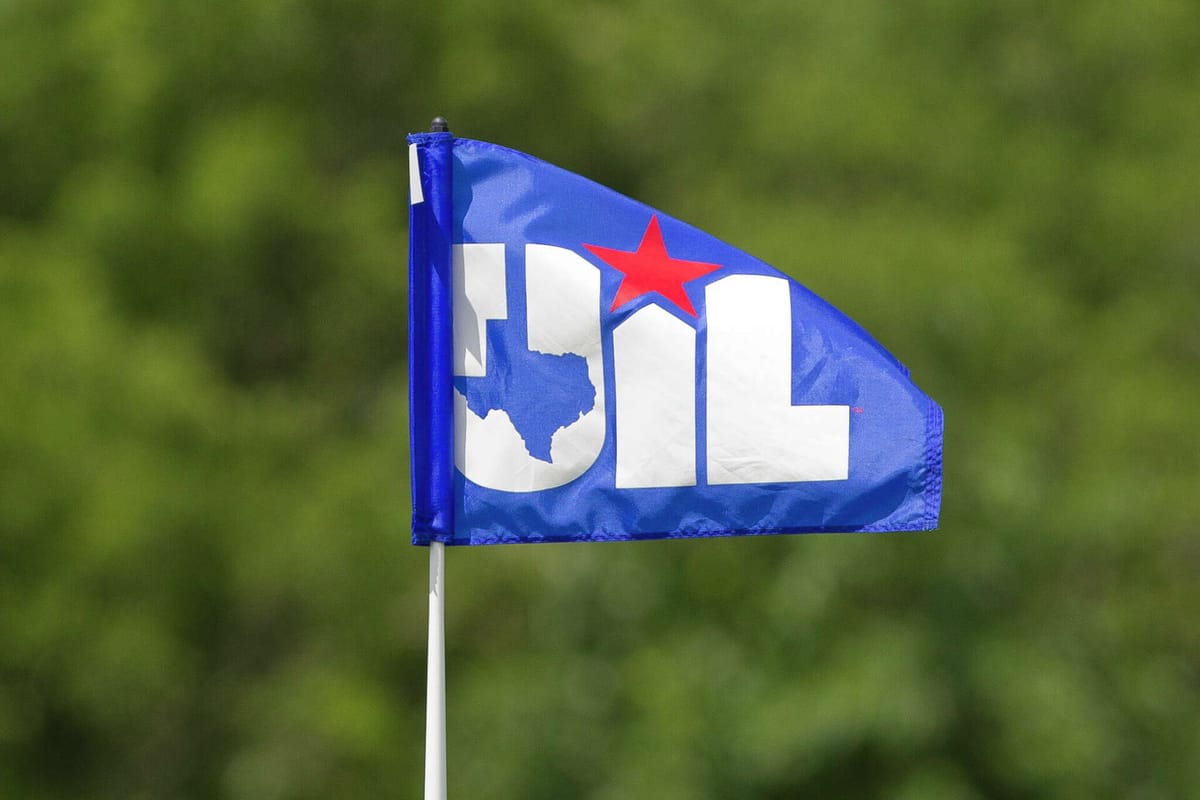UIL Faces Growing Pressure to Address High School Athlete Transfers

AUSTIN, TX– As Texas high school sports prepare for the upcoming season, the University Interscholastic League (UIL) estimates that over 15,000 student-athletes may transfer to new schools, either from within the state or from out of state. This significant number has raised concerns among coaches and school administrators about the integrity of high school sports, especially given that less than 1% of these transfers have been ruled ineligible.
Out of the 15,000+ expected transfers, only 45 students appealed a UIL decision regarding their eligibility, with 38 of those appeals being denied. This statistic highlights the minimal enforcement of the UIL's long-standing rule prohibiting transfers for athletic purposes, a rule that has been in place since 1981. Despite this prohibition, the UIL has struggled to effectively monitor and enforce the rule, leading to questions about its effectiveness.
The growing trend of student-athletes transferring to powerhouse programs or charter schools, often viewed as a way to create "super teams," has prompted coaches to demand changes. They argue that the current process, which relies on a simple two-page document with six yes or no questions, is insufficient to determine whether a transfer is truly for non-athletic reasons.
UIL Deputy Director Jamey Harrison acknowledged these concerns in an interview with the Dallas Morning News, stating that the organization plans to introduce changes to the transfer process. "This isn’t necessarily changing eligibility rules, but tweaks to the process for applying those rules," Harrison said. "We fully intend to bring those to the legislative council at the October meeting."
The proposed changes come at a critical time, as the rise of social media and sports camps across Texas has made it easier for student-athletes to connect with and transfer to top programs. Before 1981, students who transferred schools were required to sit out for one year, regardless of the reason for the transfer—a rule some coaches believe should be reinstated to maintain the integrity of high school sports.
Currently, no neutral third party is involved in the UIL's eligibility rulings, leaving the organization as the sole arbiter of transfer decisions. This has led to growing frustration among coaches, who argue that the lack of oversight allows student-athletes to act as free agents, undermining the spirit of fair competition in high school sports.
As the UIL prepares for its October legislative council meeting, the pressure is mounting to address these issues and ensure that the transfer process is both transparent and fair. The question of integrity in Texas high school sports hangs in the balance, and all eyes will be on the UIL to see if they can deliver meaningful change.

Comments ()